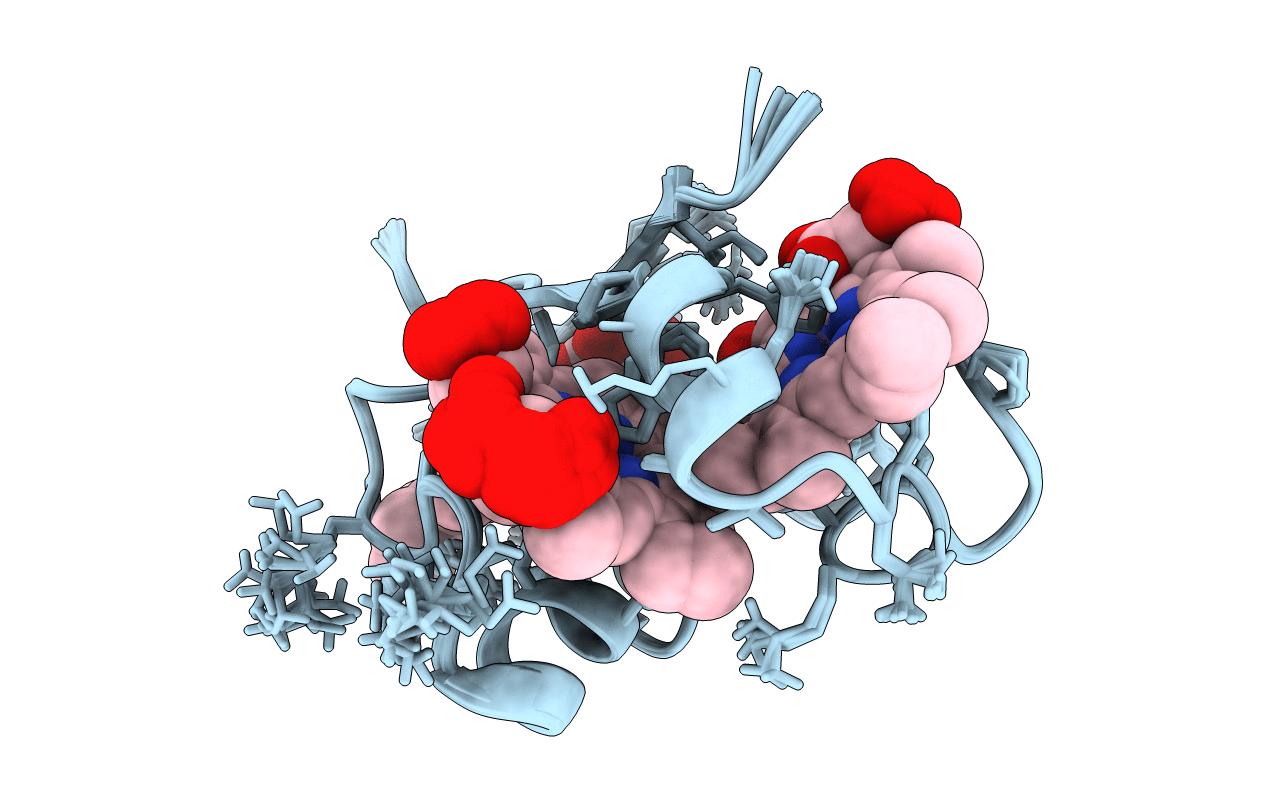
Deposition Date
2011-05-30
Release Date
2011-09-07
Last Version Date
2024-11-20
Entry Detail
PDB ID:
2LDO
Keywords:
Title:
Solution structure of triheme cytochrome PpcA from Geobacter sulfurreducens reveals the structural origin of the redox-Bohr effect
Biological Source:
Source Organism:
Geobacter sulfurreducens (Taxon ID: 35554)
Host Organism:
Method Details:
Experimental Method:
Conformers Calculated:
200
Conformers Submitted:
20
Selection Criteria:
structures with the lowest energy


